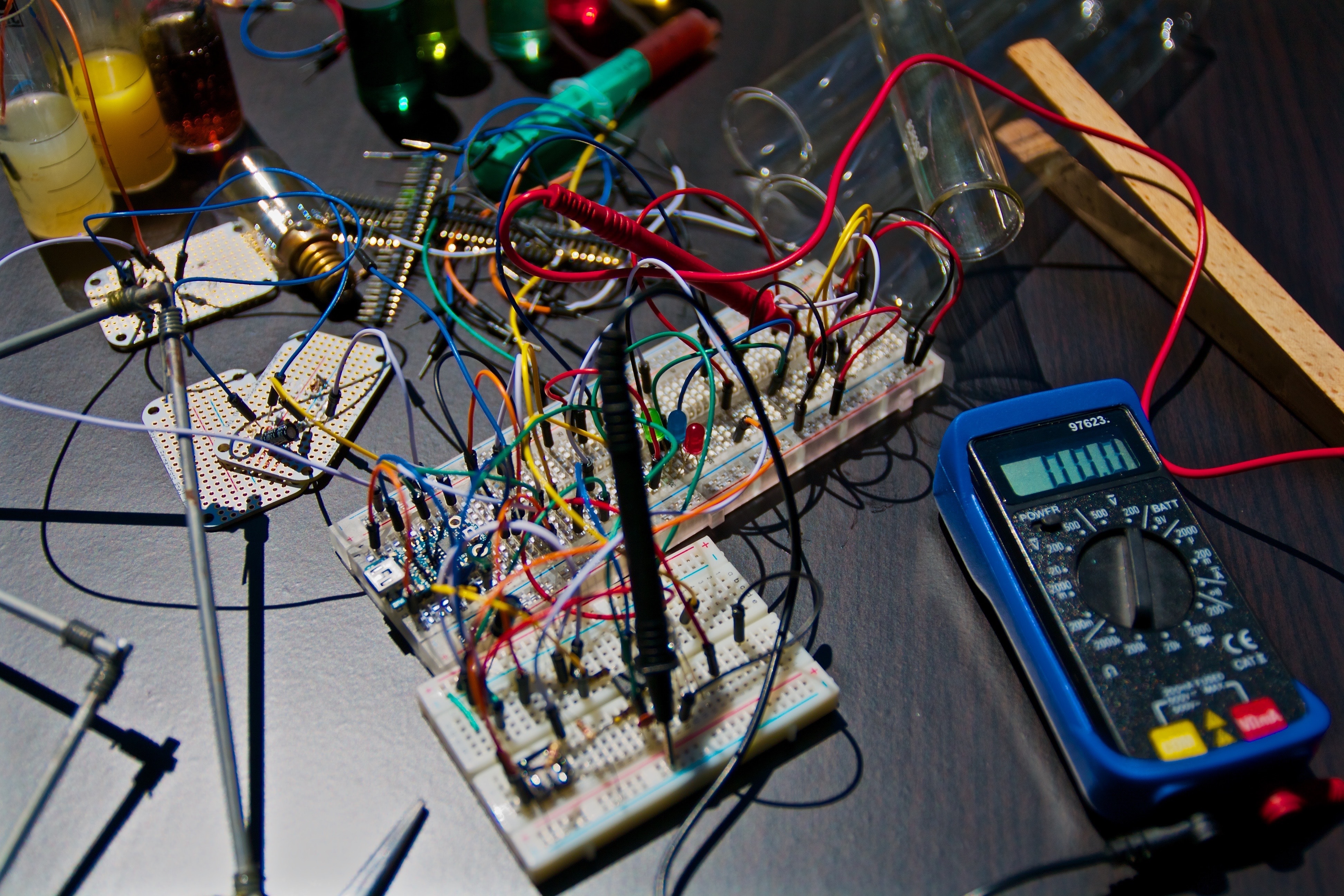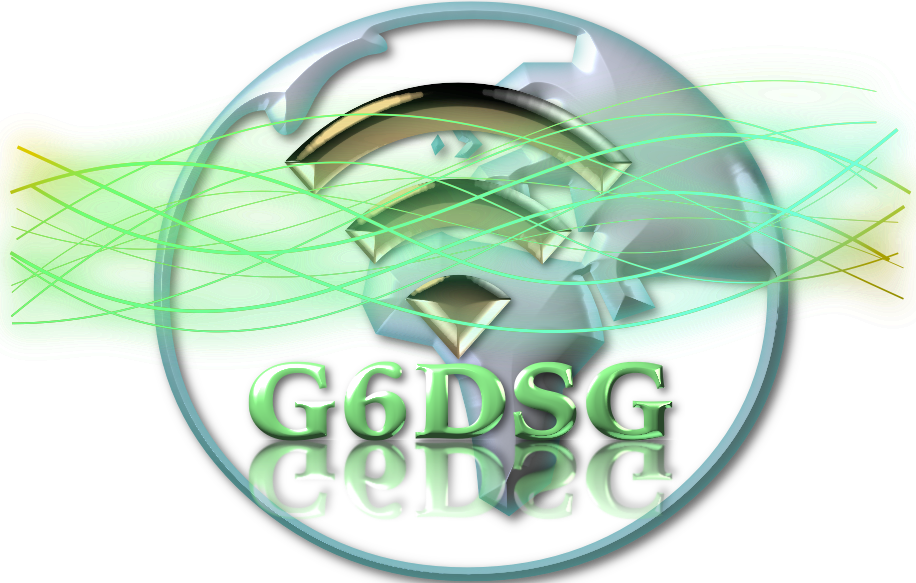This is a 4 channel High Z Pat board from …… His site had single channel PAT boards for various Radios but on further study, this one was specified for the IC-9100. It is supplied with an optional connection kit and instructions on the various connection points to connect to. Great I thought, except on further reading elsewhere I found articles which said after the successful install and connection to an SDR receiver, the S meter readings were low when selecting the bands and also at VHF, UHF & 23cm, it had possibly made the receiver in the radio a little deaf.
What we need to do therefore, is to make sure the impedance of the connection point and capacitance from the coax doesn't alter or have an adverse effect on the signal when the board is hooked up.
A solution, which was tried by the Brisbane VHF Group, was to modify the 23cm unit of another model of radio. This worked by putting a LNA into the path and split the tapping point. Connect this to the Hi Z input of an LNA and by then modifying the LNA o/p, bringing its gain back down whilst in series with the tapping paths by using a Pi attenuator. Another tap can then taken from the o/p of the LNA just before the Pi attenuator which we can then send to the PAT with at least 24dB of gain. This may sound confusing, but here is the circuit of what I mean. I chose a similar LNA to another article I read and computed the values of the Pi attenuator to give me unity or very little gain. Having that little more gain can only help the rigs receive and its 0.6dB noise figure would have to suffice. I could also do the same for the VHF and UHF side too. Let's give it a punt!







